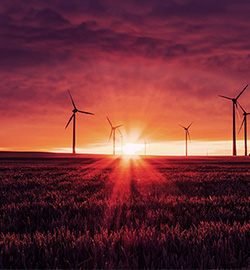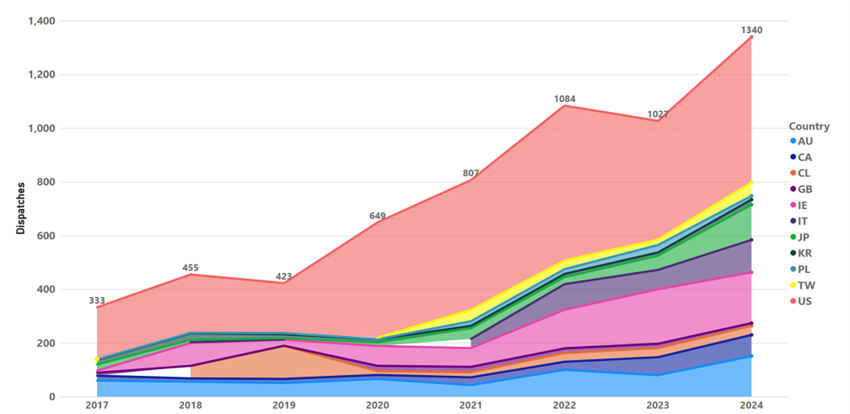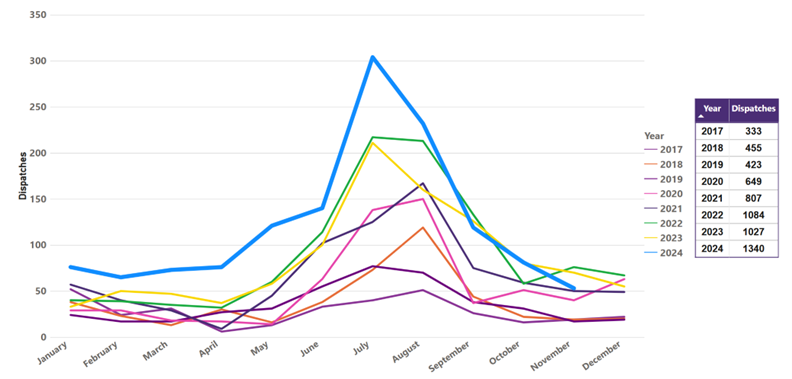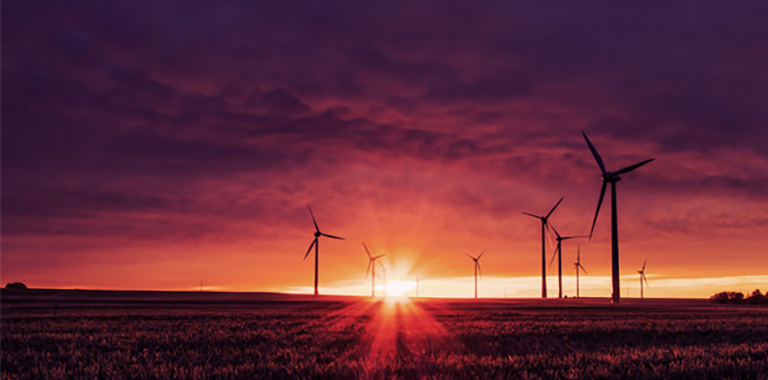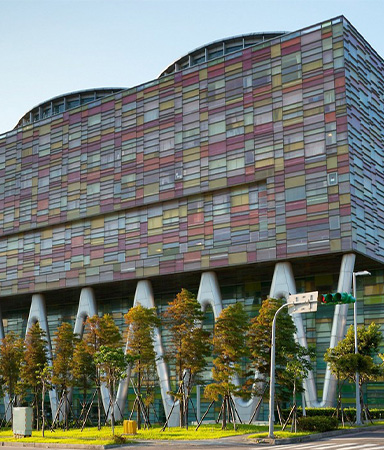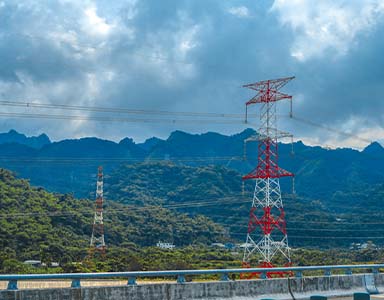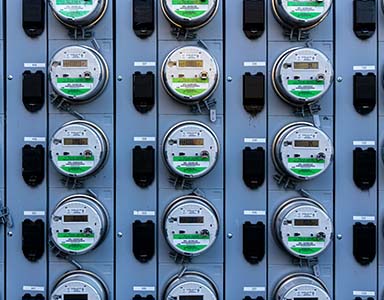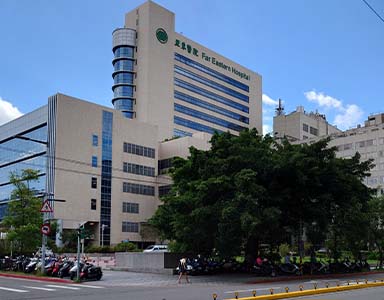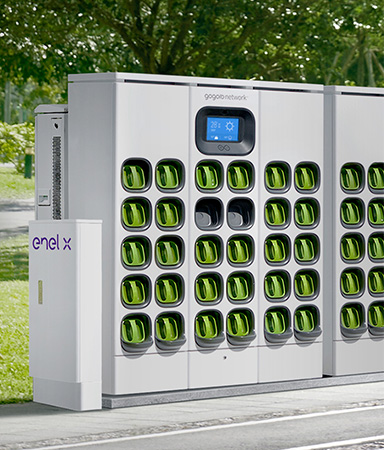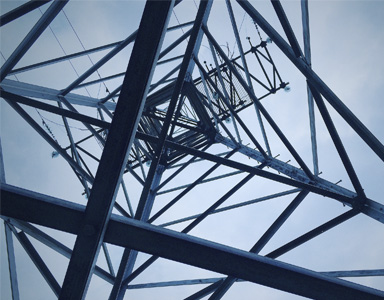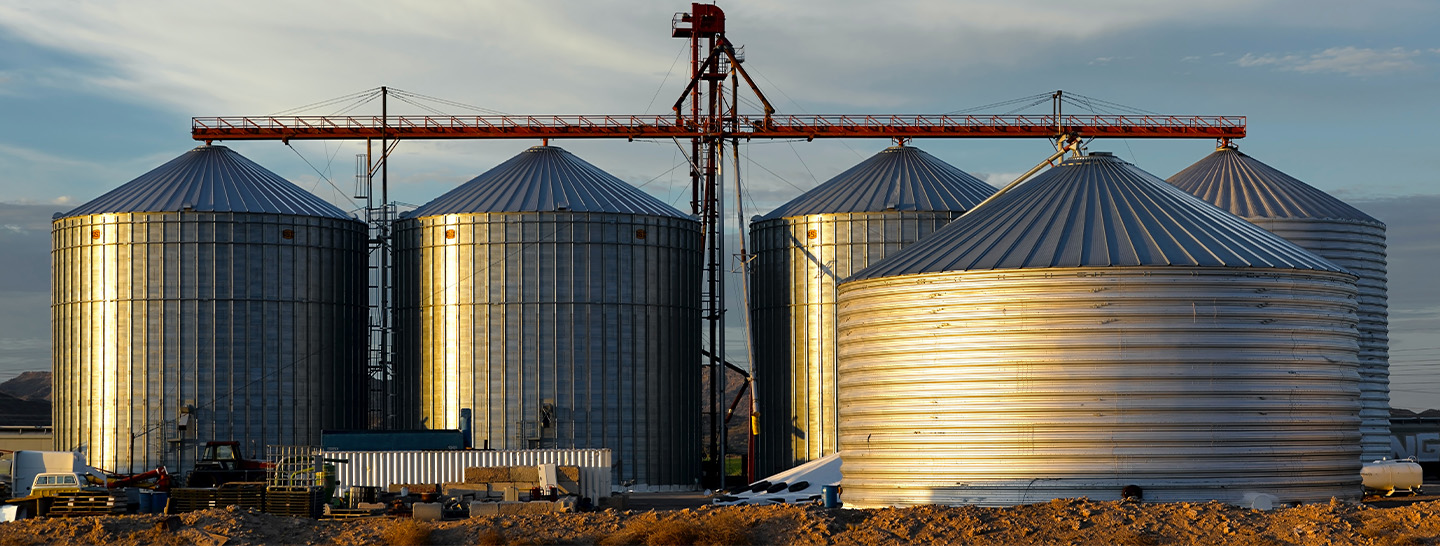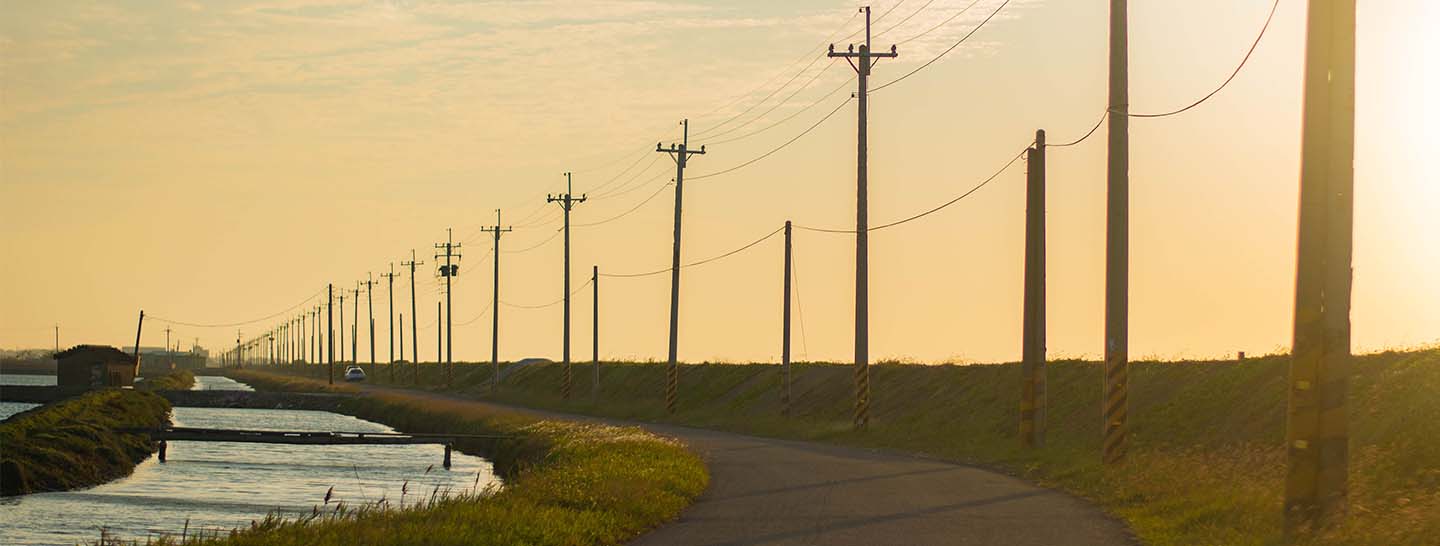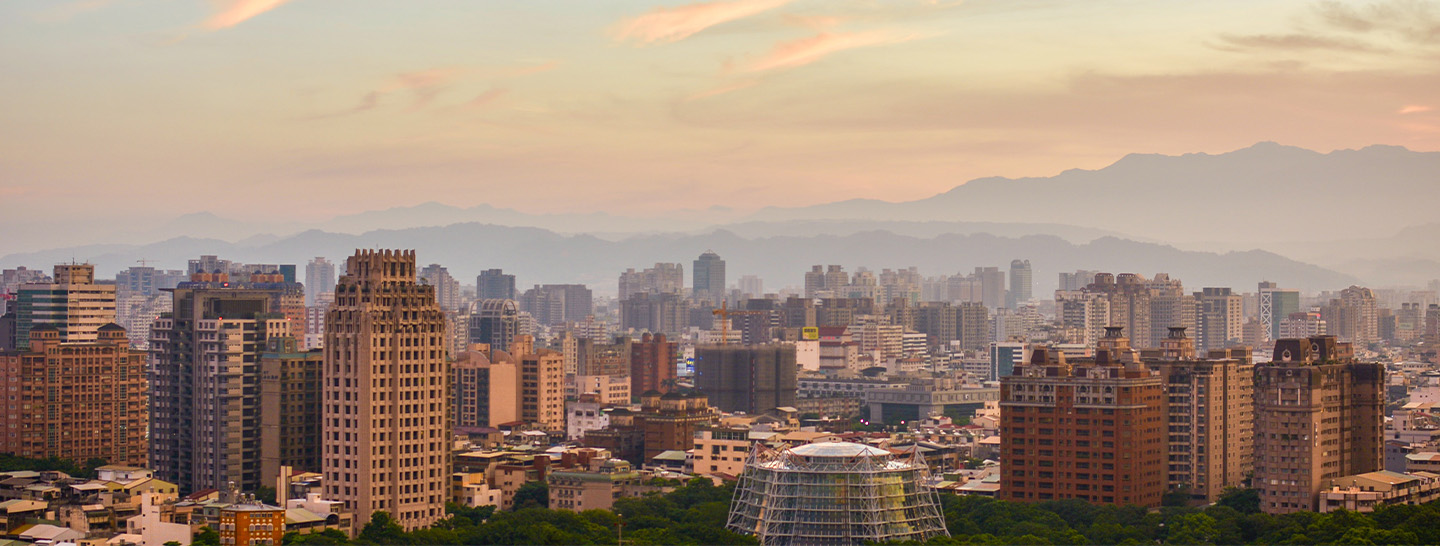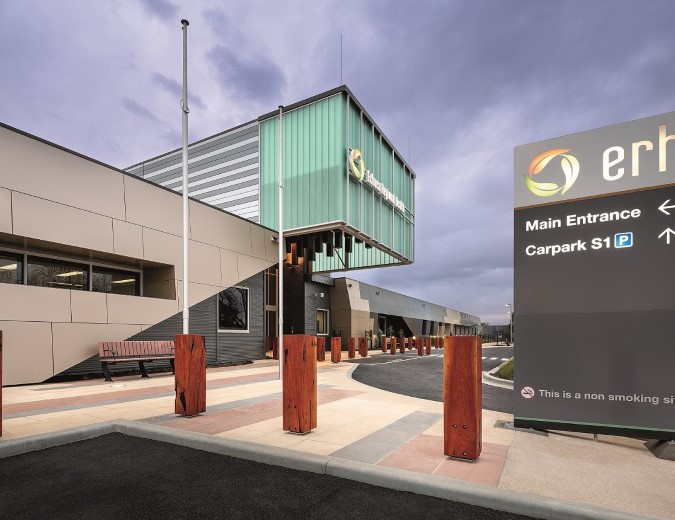While the world struggles to adjust to climate change and an increase in extreme natural events, and as we respond by replacing fossil power with renewables, global energy grids face growing stresses and potential outages.
Historical solutions to these stresses revolved around expensive infrastructure upgrades, including centralized standby power stations (or "peaker plants") to boost energy supply. In today’s increasingly digitized, decentralized and decarbonized context, the focus has shifted to reducing demand on a large scale through Virtual Power Plants during such events. This emerging discipline is known as Demand Response (DR) .
Demand Response is defined by the International Energy Agency1 as “balancing the demand on power grids by encouraging customers to shift electricity demand to times when electricity is more plentiful or other demand is lower.”
